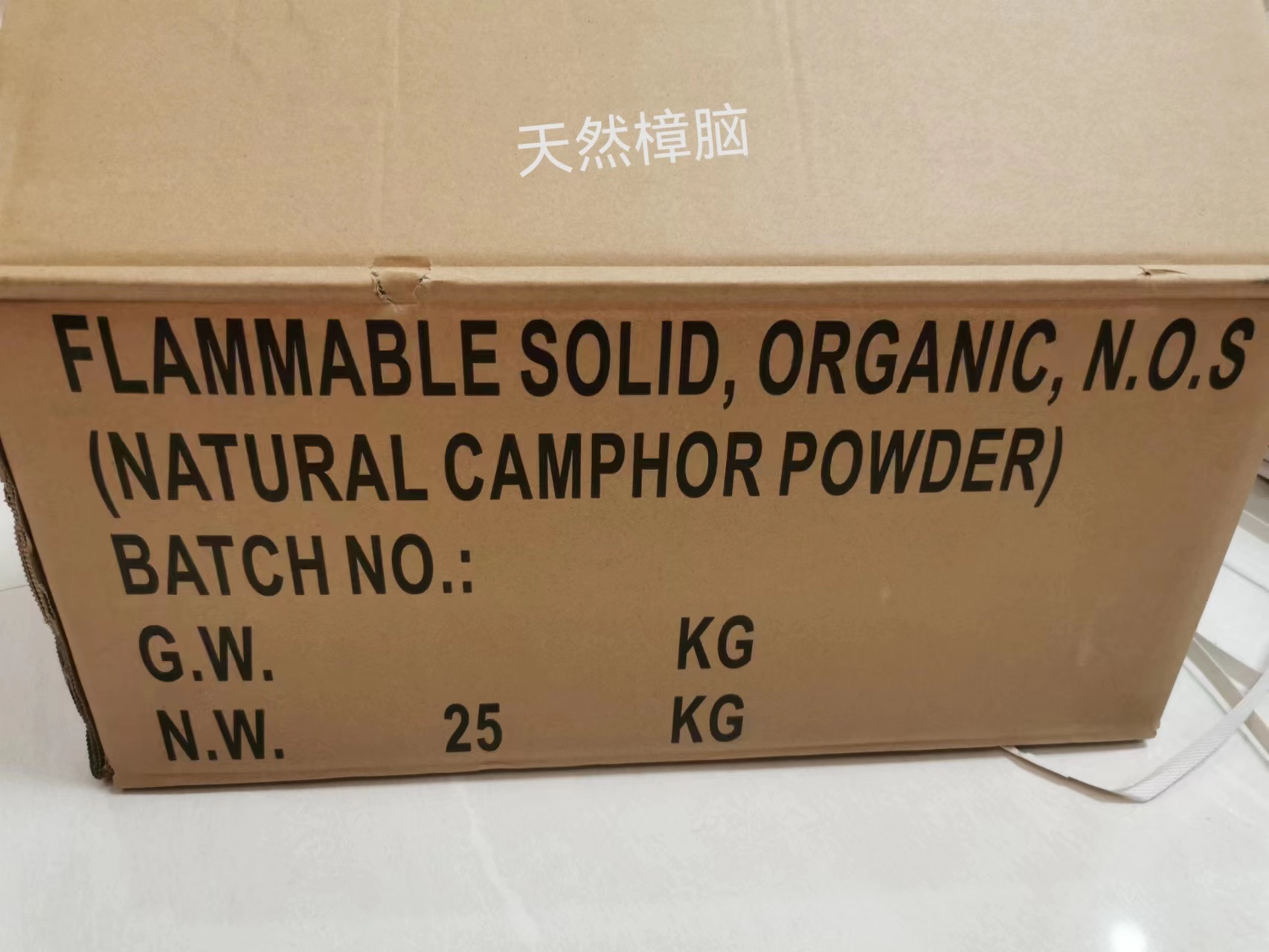Why Ban Naphthalene Mothballs
Naphthalene is a toxic chemical, and the use of mothballs containing it has been banned or restricted in many countries. Here are some reasons why naphthalene mothballs are banned:
Health hazard: Naphthalene mothballs may emit toxic odors and cause health hazards to humans, including headaches, dizziness, nausea, vomiting and coughing. Long-term exposure to the smell containing naphthalene mothballs can cause serious nervous system problems, liver damage and health problems such as cancer.
Environmental pollution: Naphthalene in naphthalene mothballs can evaporate into the air along with the smell, contaminating indoor and outdoor environments. Naphthalene mothballs can also cause soil and water pollution.
Animal hazard: Naphthalene mothballs are a toxic substance that can be harmful to pets and wildlife. Consuming naphthalene mothballs can lead to animal poisoning and other health problems.
As a result, many countries have banned or restricted the use and sale of naphthyl-containing mothballs. When choosing a pest control agent, it is recommended to choose an alternative that does not contain naphthalene to protect your health and the environment.
There are two kinds of mothballs on the market now, one is natural camphor powder, and the other is synthetic camphor. Natural camphor powder is a kind of natural substance extracted from camphor tree. Synthetic camphor is a chemical synthesis of compounds, similar to the chemical structure of natural camphor powder, but it contains higher volatility and toxicity.
Currently marketed mothballs may use natural camphor powder or synthetic camphor as the main ingredient. However, with the increase of people's awareness of environmental protection and health, more and more manufacturers began to use natural camphor powder as raw material to produce camphor balls, in order to avoid the possible health and environmental risks of synthetic camphor.
Therefore, if you want to purchase mothballs, please choose products labeled with the use of natural camphor powder as the main ingredient, and follow the correct usage methods when using to reduce the possible health and environmental risks of mothballs.
a list of countries where the sale of mothballs is either prohibited or regulated:
1.European Union: The use of naphthalene-based mothballs is banned throughout the European Union.
2.Canada: The use and sale of naphthalene-based mothballs are prohibited in Canada.
3.United States: The Environmental Protection Agency (EPA) regulates the use and sale of mothballs in the United States. Mothballs containing naphthalene are classified as pesticides and are only available to licensed pesticide applicators.
4.Australia: The use of naphthalene-based mothballs is prohibited in Australia. Camphor-based mothballs are available for sale but are subject to labeling requirements.
5.Japan: The use and sale of naphthalene-based mothballs are prohibited in Japan.
Please note that this information may be subject to change, and regulations may vary by region or state within a country. It's always a good idea to check with your local authorities for the latest regulations on mothballs.
